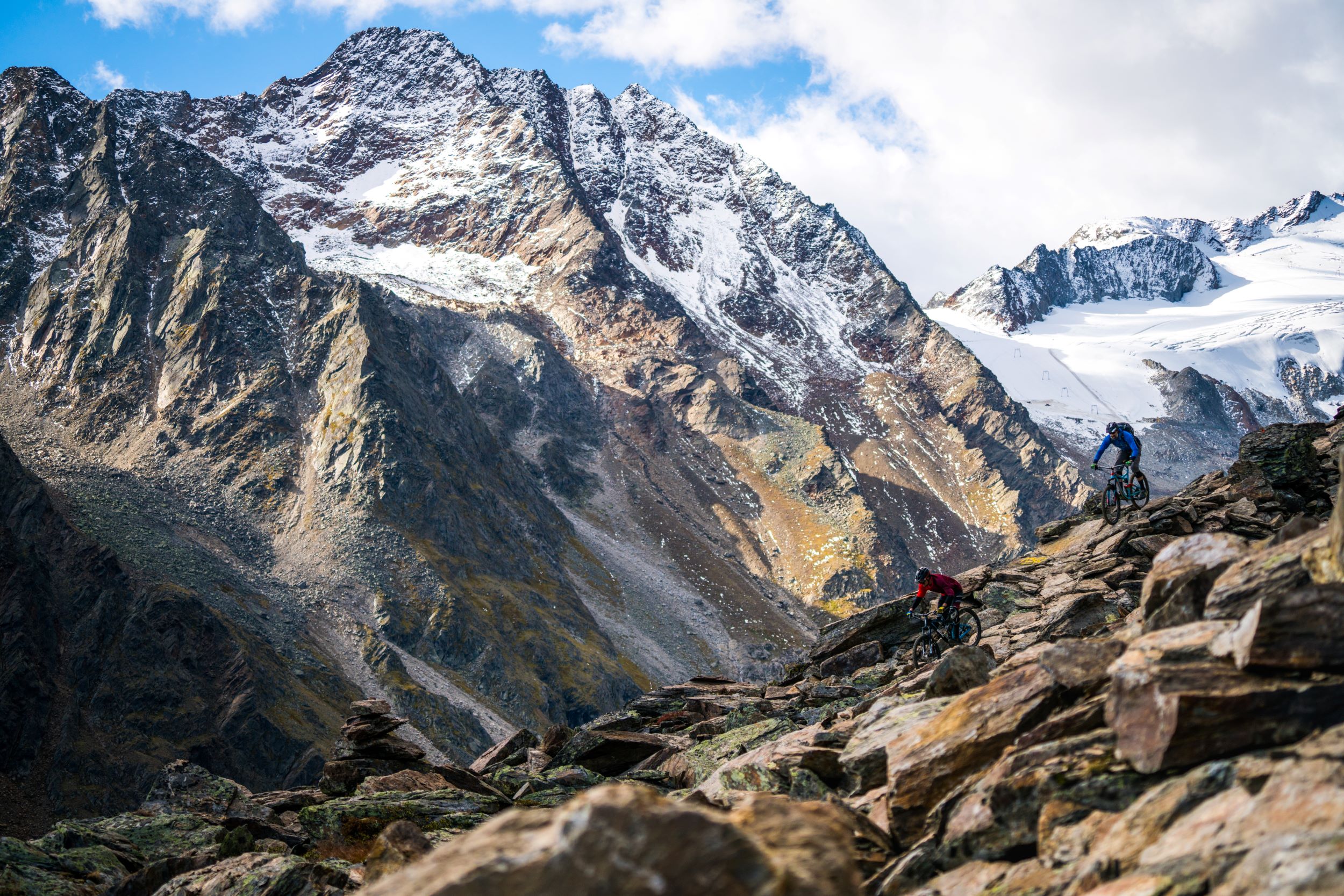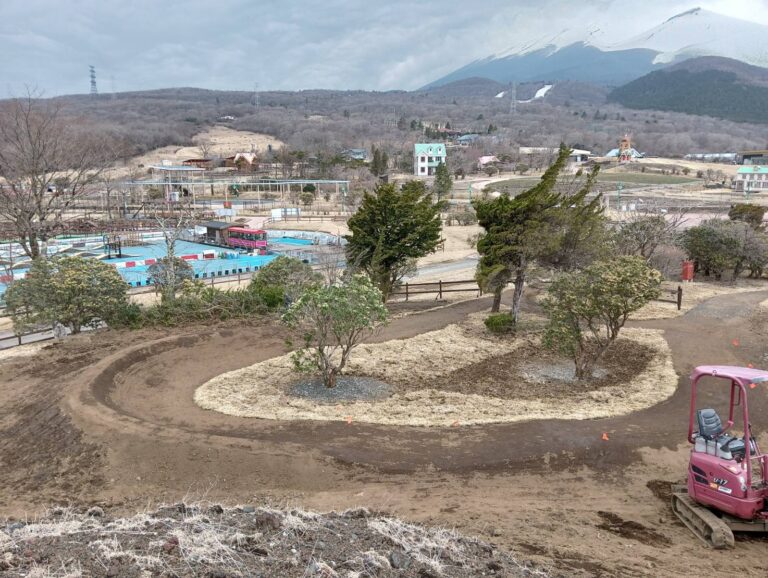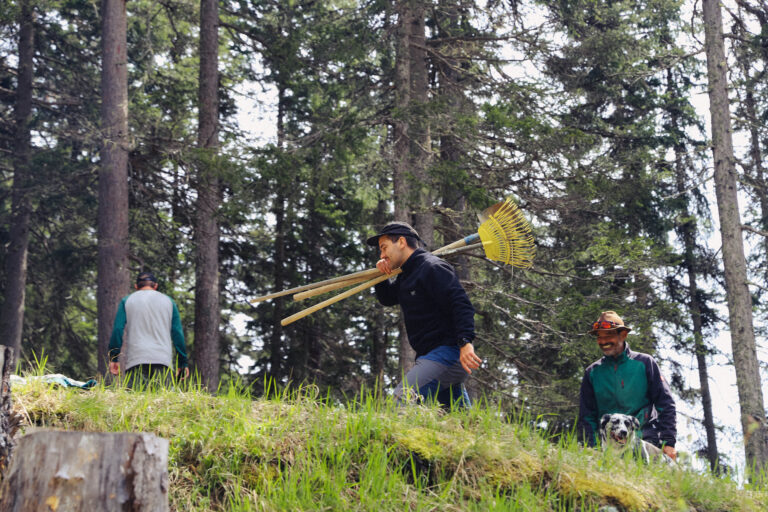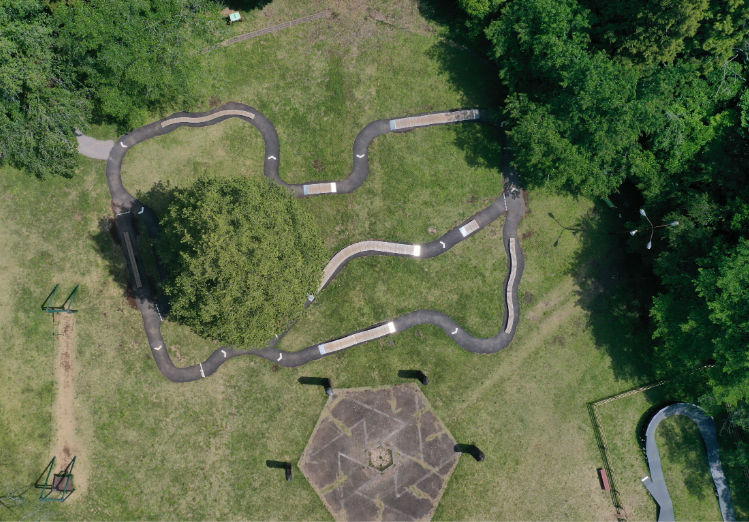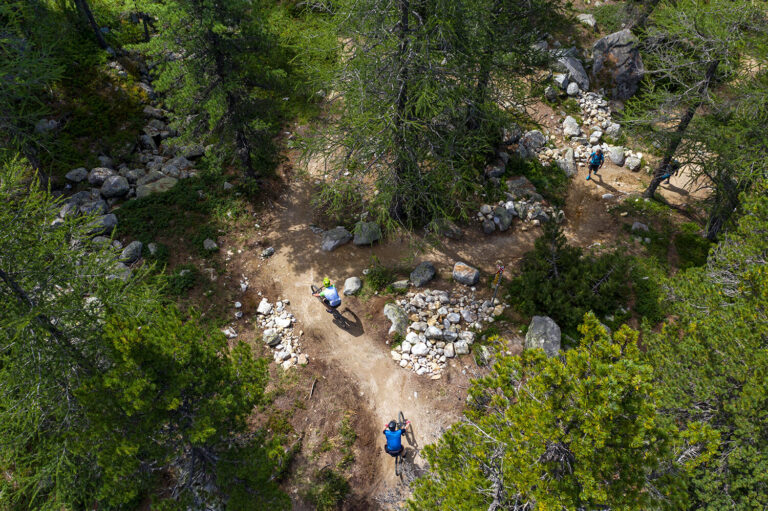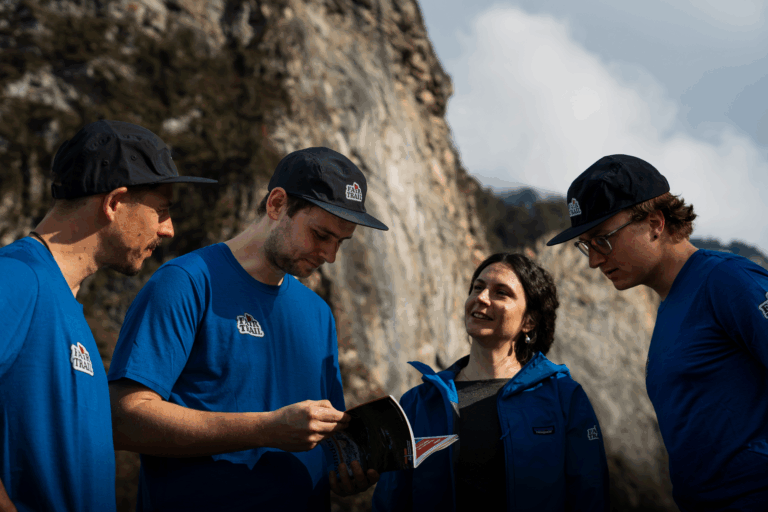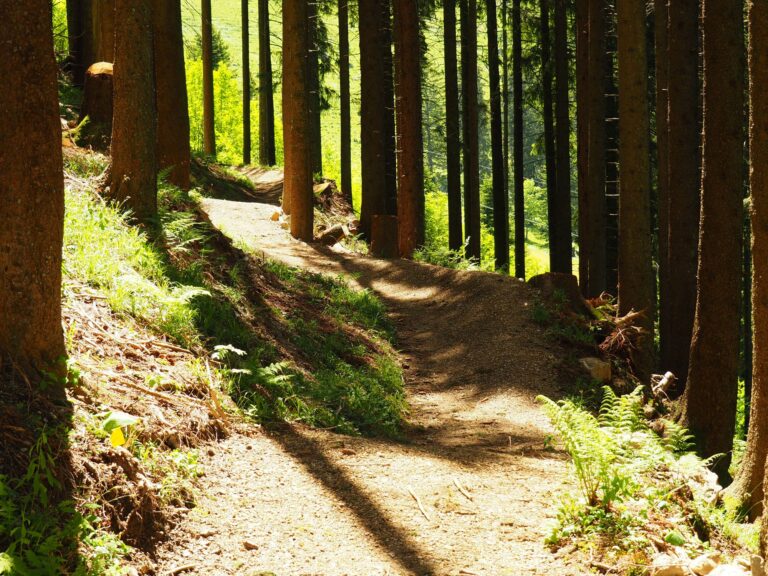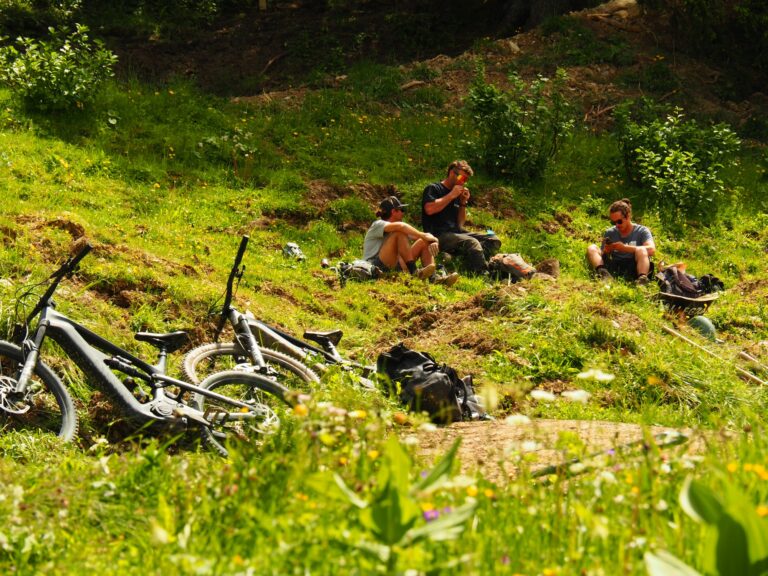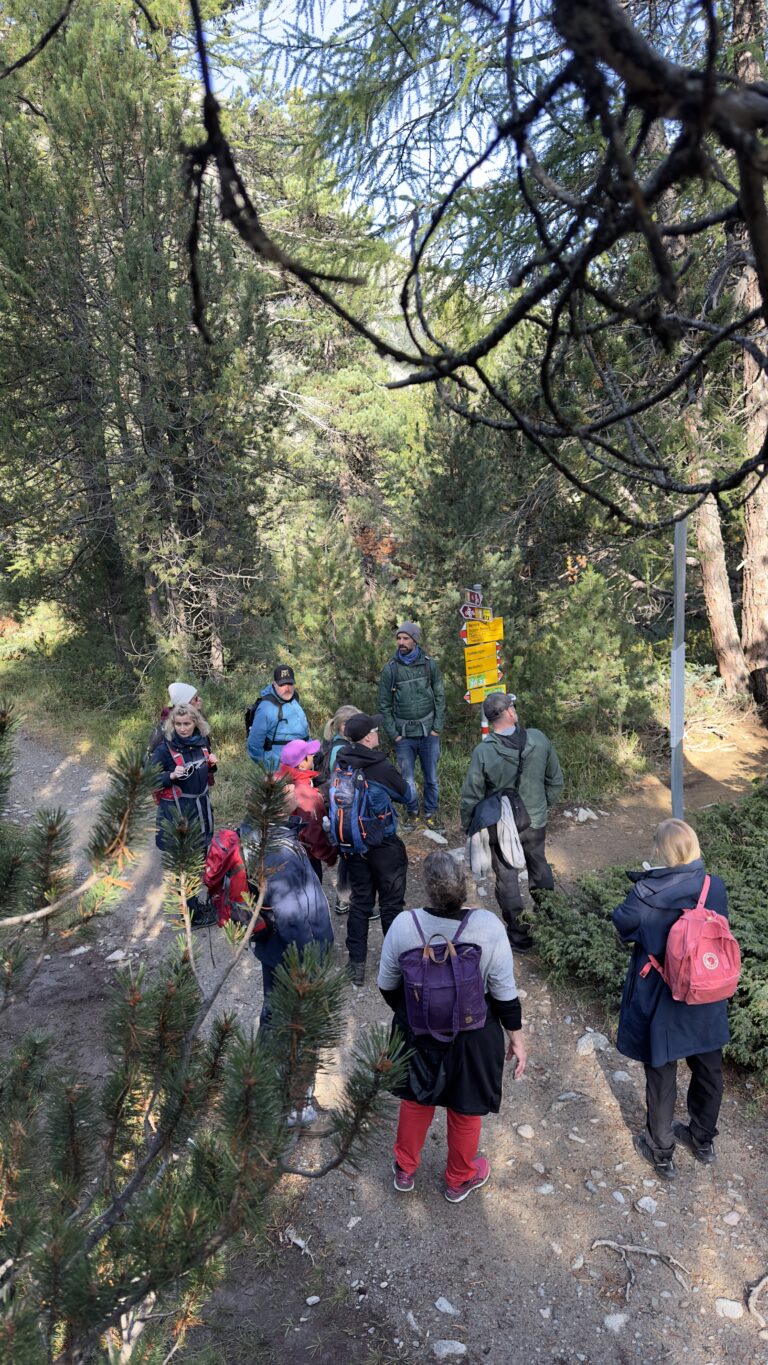The bicycle is in vogue: it serves as an everyday means of transport, a status symbol and a popular leisure activity. The bike is not only an environmentally friendly option, but also represents new priorities in our modern society. Work-life balance and mental relaxation are playing an increasingly important role - and an active outdoor holiday is the way for many to recharge their batteries. Mountain bike tourism is enjoying increasing popularity and more sustainable mobility is increasingly becoming a way of life. As a result, holiday regions must ultimately deal with the needs of future tourists and the effects of changing social awareness on holiday behavior and take measures - in harmony with nature and for all participants.
But why does your region also benefit economically from mountain bike tourism? And can nature be protected at the same time? How is that possible?
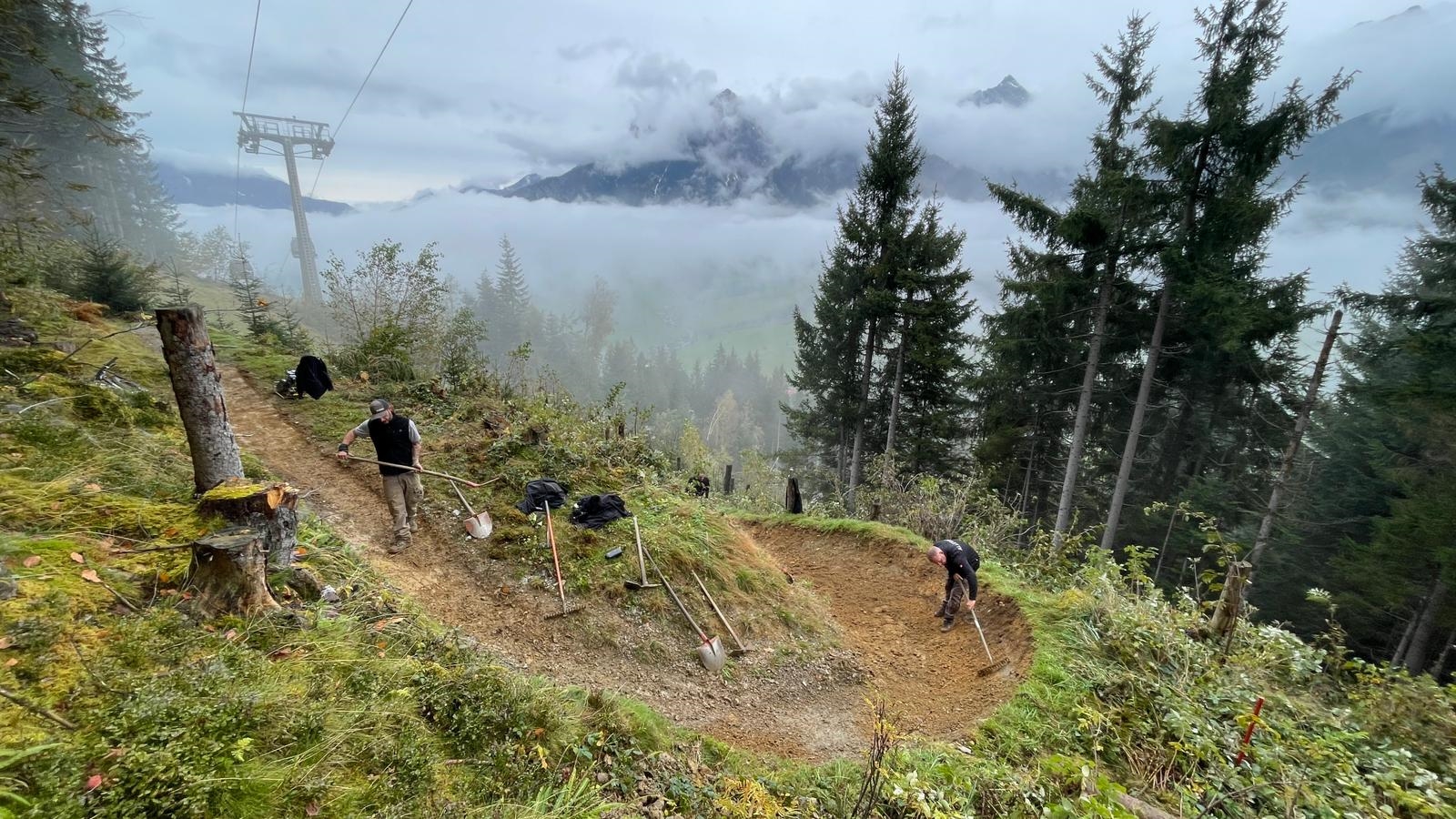
1. The hype about the bike
Practical everyday vehicle, lifestyle accessory or sporty leisure activity? The bicycle has become an indispensable part of many areas of everyday life. Today it not only stands for environmental awareness, but also for a modern lifestyle and the pursuit of active mobility. This development is particularly important for tourist regions: more and more travelers are looking for active experiences in nature. It is precisely in this context that mountain bike tourism continues to grow.
Many holiday destinations are therefore asking themselves: How can we benefit from this growing trend? Is getting into mountain bike tourism an investment in the future? The answer is clearly reflected in the needs of a more active and conscious generation of travellers.
2. The status quo of market potential
The situation regarding winter sports and tourism is serious! The earth is warming steadily. This has serious consequences and poses a high risk for ski resorts and mountain railways, especially for regions without snowmaking facilities.
Dependence on snow-sure winters that last as long as possible is a major challenge. This is precisely where there is huge potential for tourism areas, mountain railways and all other important players: the summer season is coming into focus! With the right infrastructure and attractive offers for the target group, more snow-independent added value can be created. The increasingly popular bicycle in its various disciplines can make a significant contribution to reaching new target groups and promoting the change to a year-round tourist destination. The demand for mountain bike offers in particular is growing steadily - the offer itself is also developing further. Bike Republic Sölden in Austria or the canton Graubünden in Switzerland show how well the existing potential can be used.
3. The connection of several megatrends
We have already mentioned the increasing importance of the bicycle. But the bike boom has placed itself at the top of current lifestyle trends, regardless of tour operators and long-time bicycle enthusiasts: It is the intersection of various megatrends in our society:
- Urbanization: More and more people live in cities and are looking for opportunities to relax in nature. Mountain bike tourism offers a solution to specifically address the growing urban target group.
- New forms of mobility: The bicycle is becoming increasingly important as an environmentally friendly, flexible form of transport. It's a good thing that mountain biking is a particularly attractive outdoor variant of cycling.
- Environmental awareness: Many people want to travel more sustainably and are increasingly focusing on outdoor activities such as mountain biking or hiking.
4. The environmentally friendly design of tourism
Being environmentally friendly means maintaining a balance between economic success and protecting nature. This is particularly relevant for tourism regions. Only with healthy flora and fauna can a destination benefit from its outdoor offerings in the long term. It is therefore obvious: the basis for outdoor sports is nature itself. Clear routes and natural construction methods minimize interference with nature and reduce the pressure on flora and fauna. At the same time, information campaigns and rules of conduct encourage mountain bikers and other sports enthusiasts to be considerate of nature.
For example, the well-known “leave no trace” principle becomes the guiding principle for all users. The environmentally friendly design of mountain bike tourism is therefore an essential key to combining the protection of nature with the needs of visitors and the local economy. Regions that take this path position themselves as pioneers in environmentally friendly tourism and benefit from this responsibility in the long term.
5. Promoting coexistence
Mountain bike and hiking fans are not the only actors on the mountain or in nature - there is also agriculture and forestry. Not to forget the plants and animals themselves! The shared use of infrastructure on the mountain or in the forest can therefore easily encourage conflict: Who should be where? Which paths lead up and which lead down? And where exactly should one be?
The growing bicycle trend - particularly driven by the increasing demand for e-bikes - is creating new ranges even in remote areas of the region and increasing the influx into nature in general. It is therefore quite clear that here at the summit or in the forest, clear rules of conduct and holistic concepts are needed to integrate all user groups. With targeted planning, sensitive ecosystems can be protected (yes, the forest on your doorstep or the mountain next door are also sensitive ecosystems!) and visitor flows can be sensibly directed. Conflicts can also be avoided in advance by taking into account the interests of hikers, cyclists, the economy and the flora and fauna. Not an easy task, but a solid concept can increase the attractiveness of the location and establish a long-term tourist attraction. Coexistence and order therefore offer ecological and economic advantages that make MTB destinations future-proof and create acceptance among all stakeholders.
The canton of Graubünden is once again a showcase destination: together we developed the Fairtrail campaign - user management and are constantly evolving it further. Exciting, isn't it? Kevin from the A-Team is the perfect contact and expert in this field.
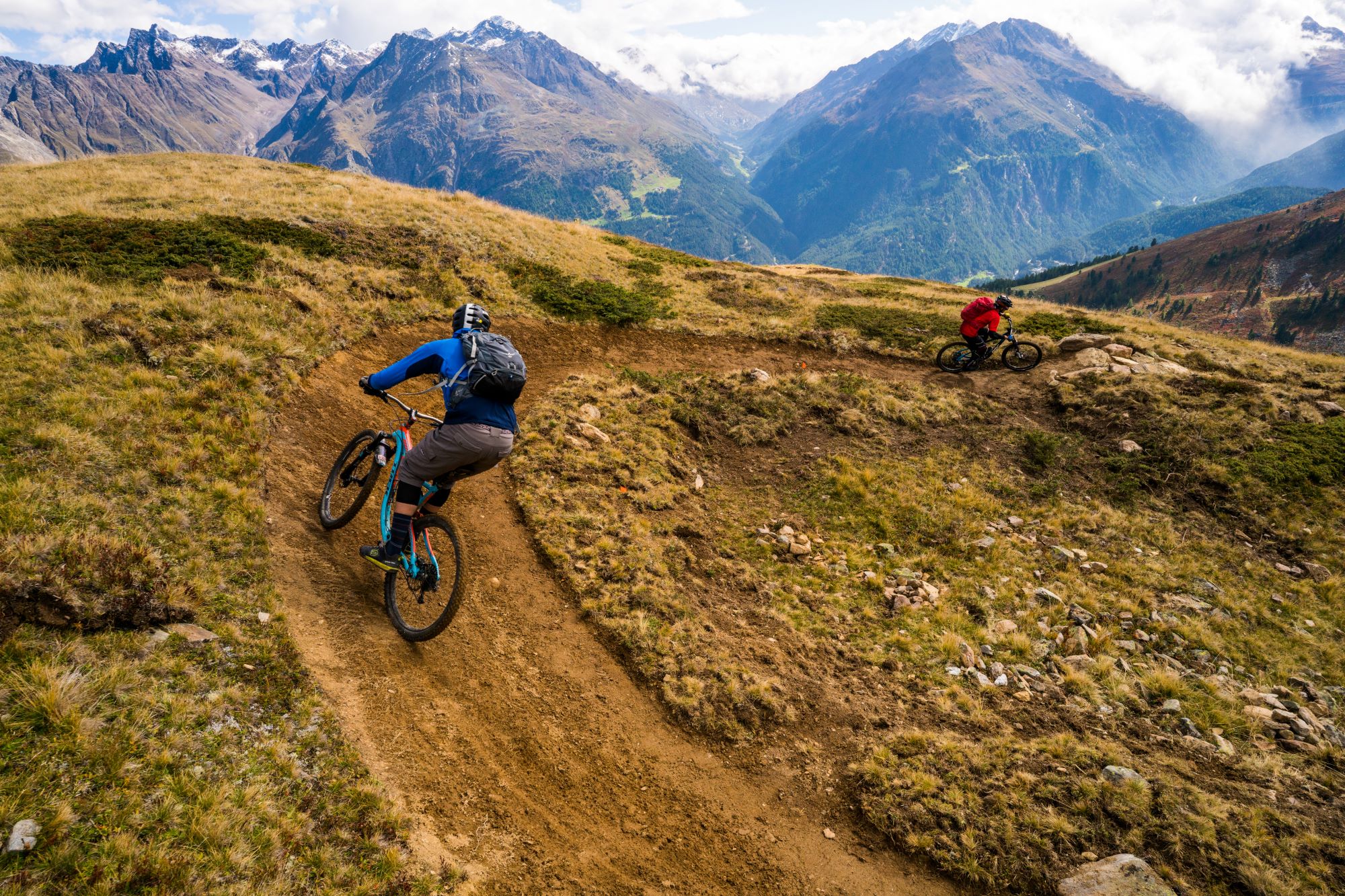
In summary, mountain bike tourism offers a unique opportunity for tourism regions to not only benefit from a growing market, but also to preserve their nature in a sustainable way. The hype surrounding bicycles, the untapped potential of the summer season, the linking of important megatrends, the environmentally friendly design of tourism and the promotion of cooperative coexistence in the mountains - all these factors speak in favor of investing in mountain bike tourism. It is about understanding the needs of the new generation of travelers and at the same time taking responsibility for the environment.
The question is no longer whether it makes sense to get into mountain bike tourism – but how quickly your region will seize the opportunity to establish itself as a sustainable and environmentally friendly destination!
